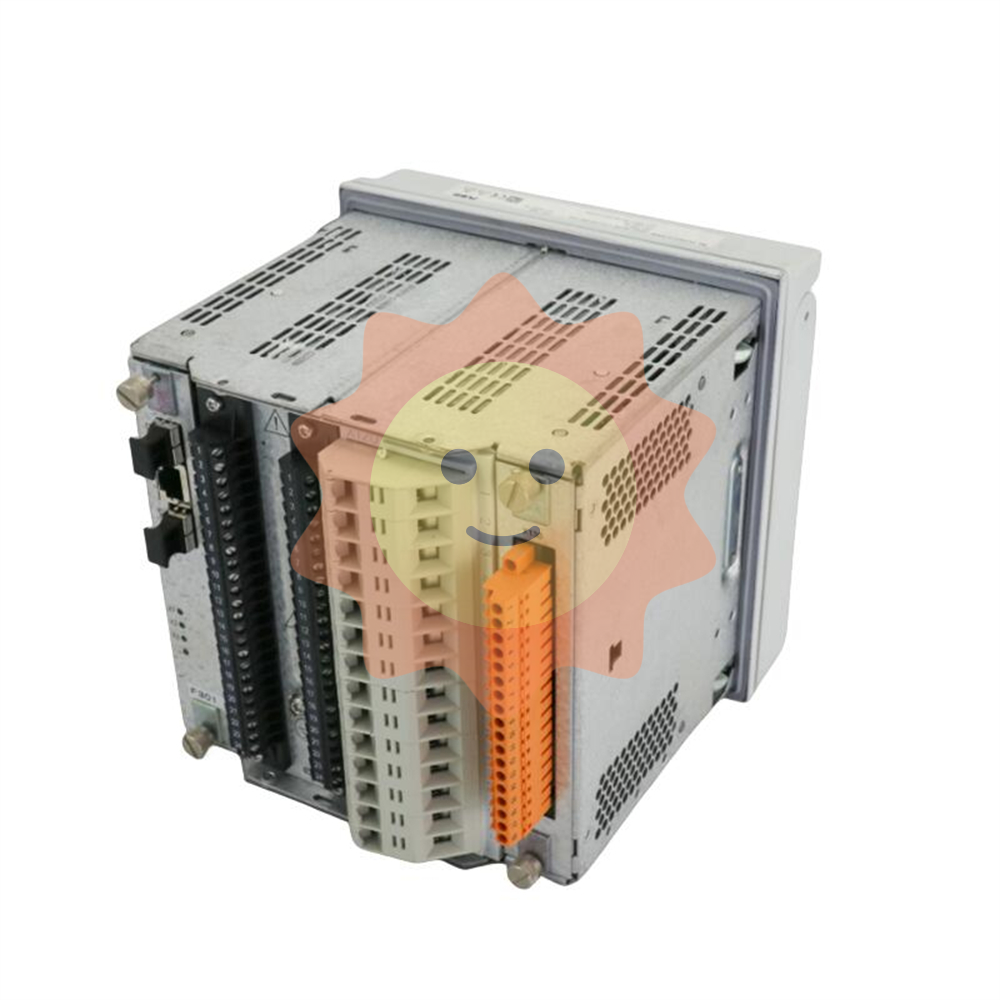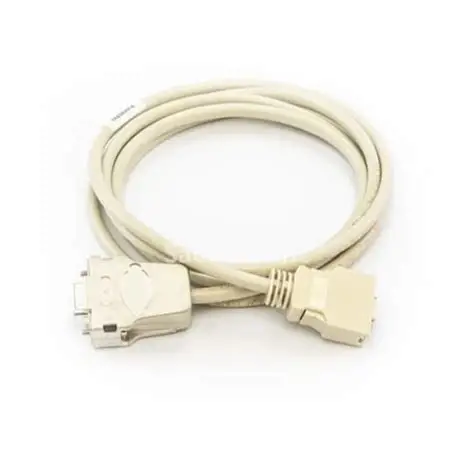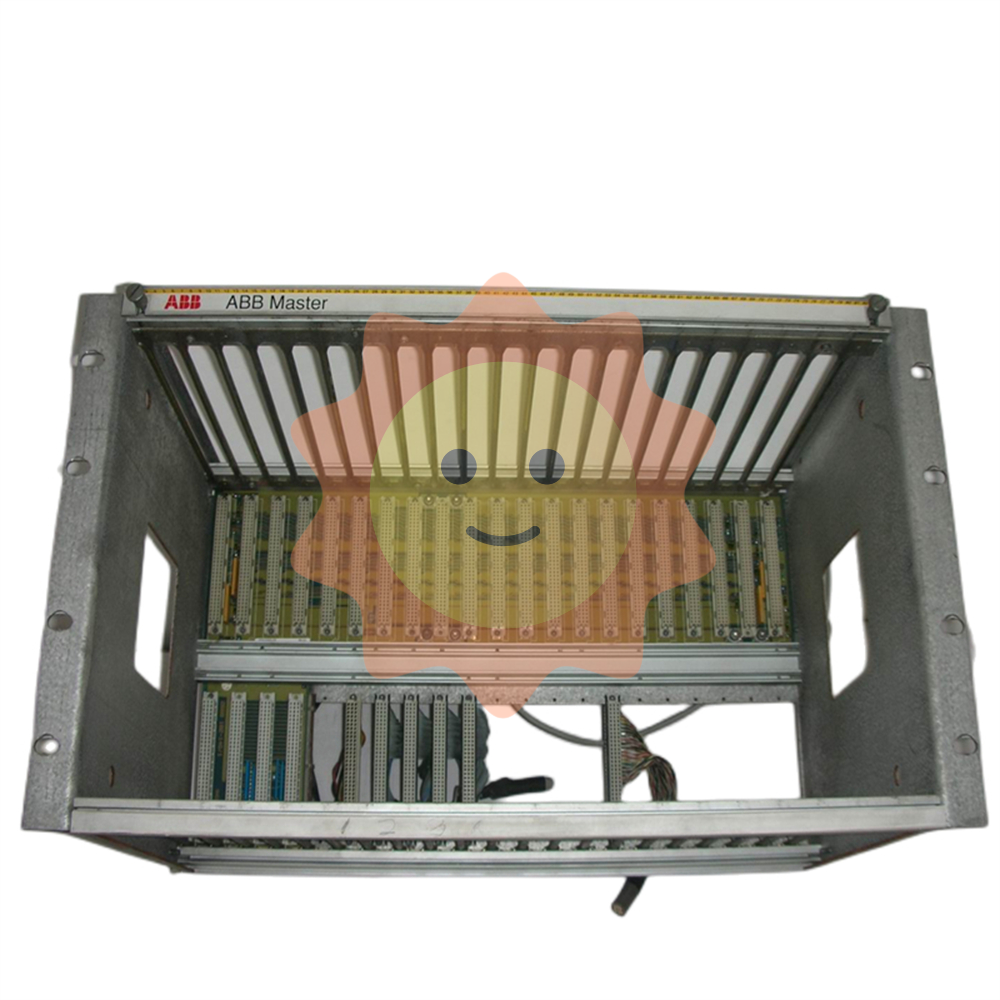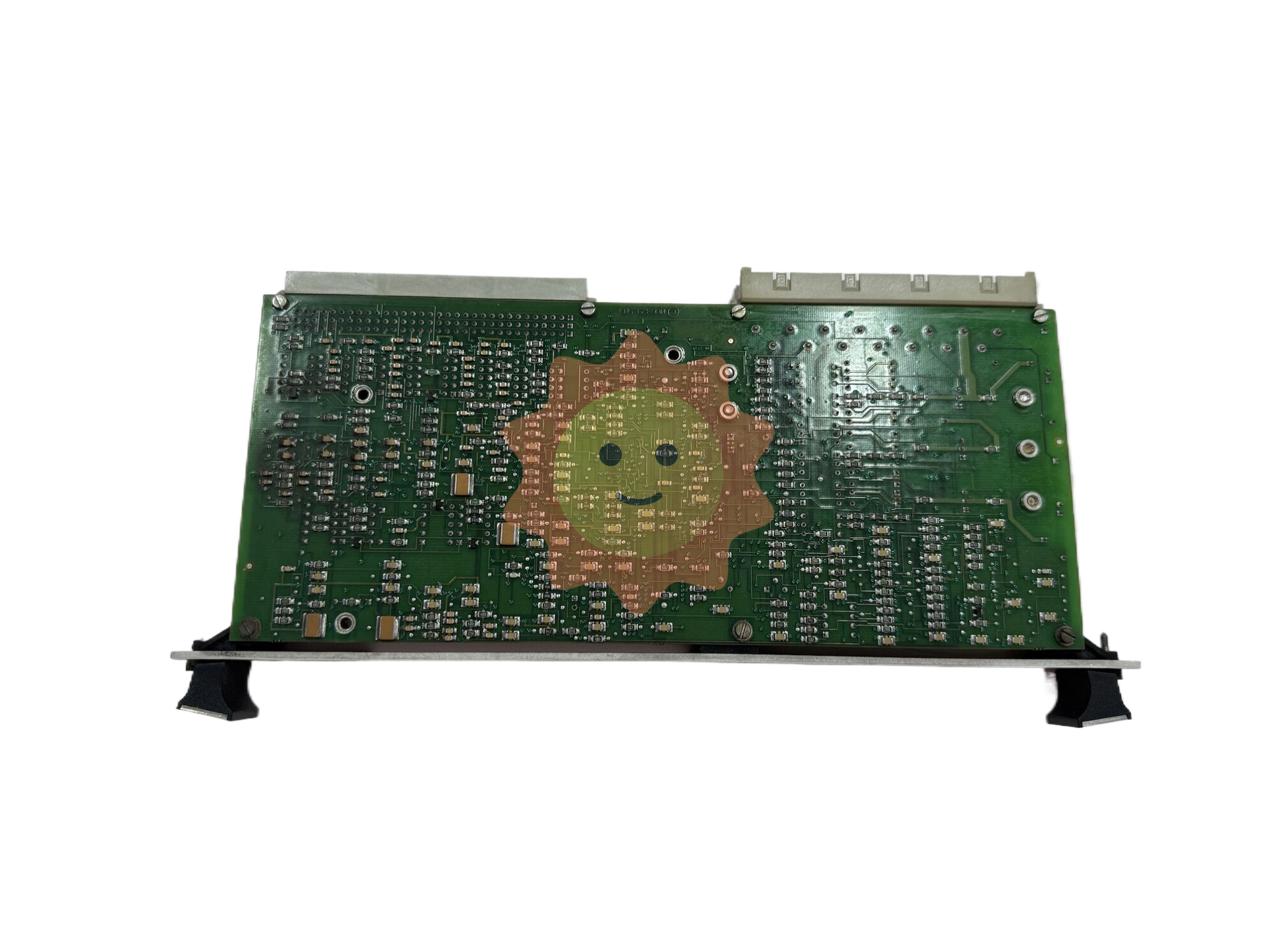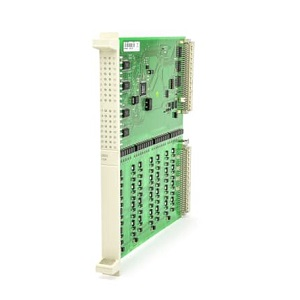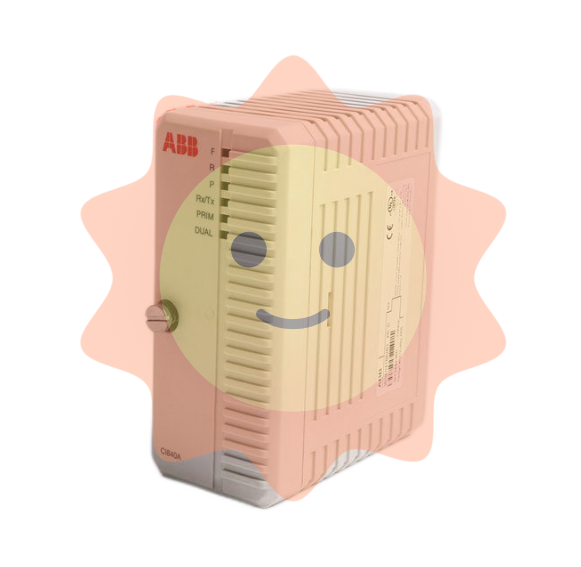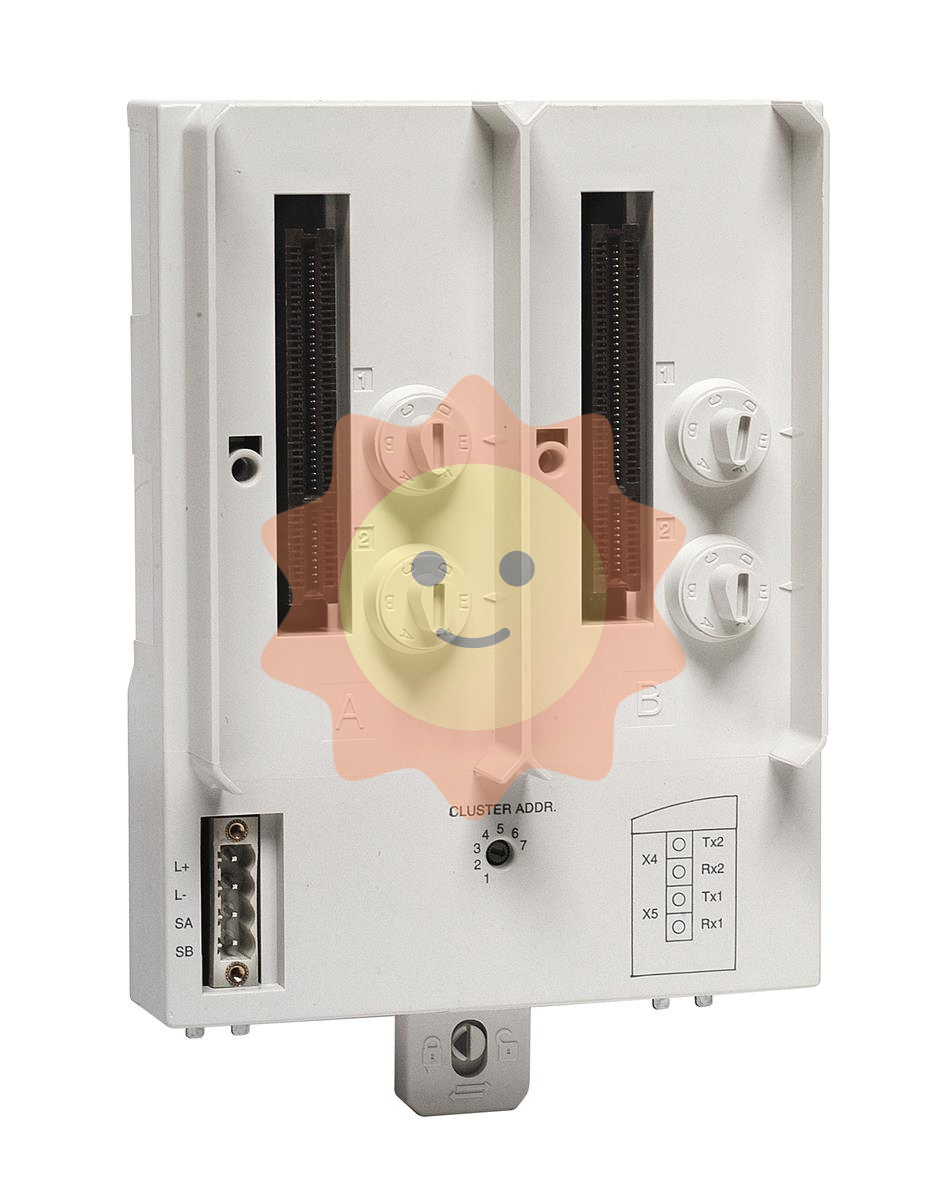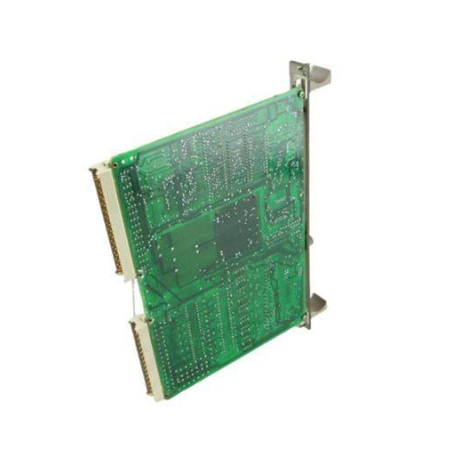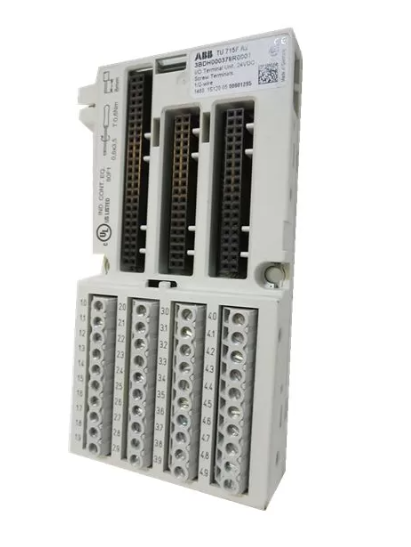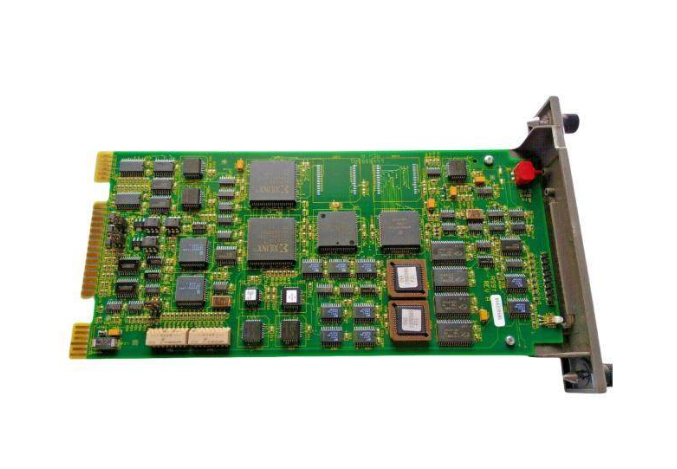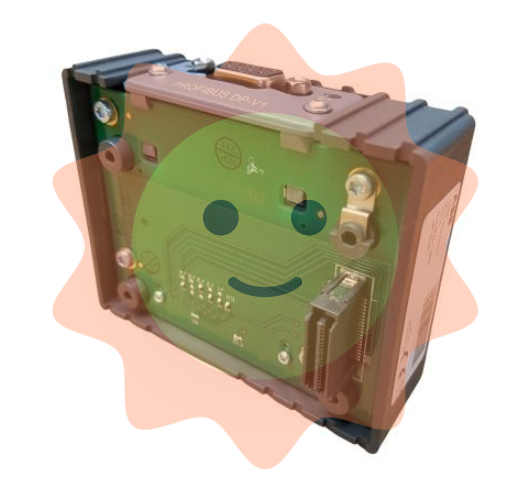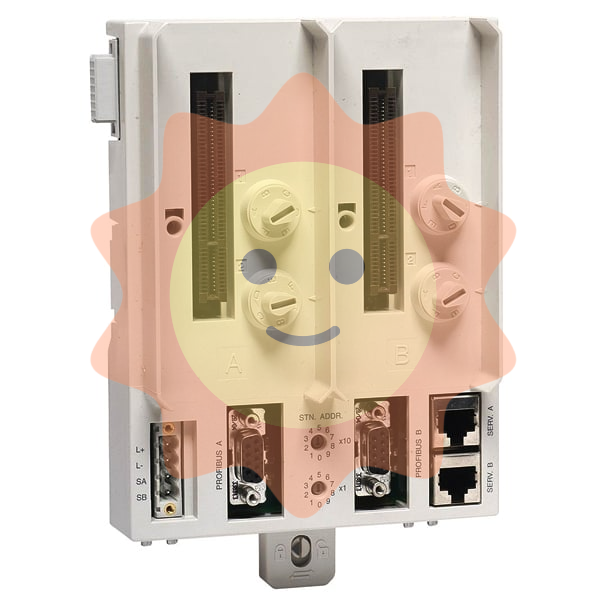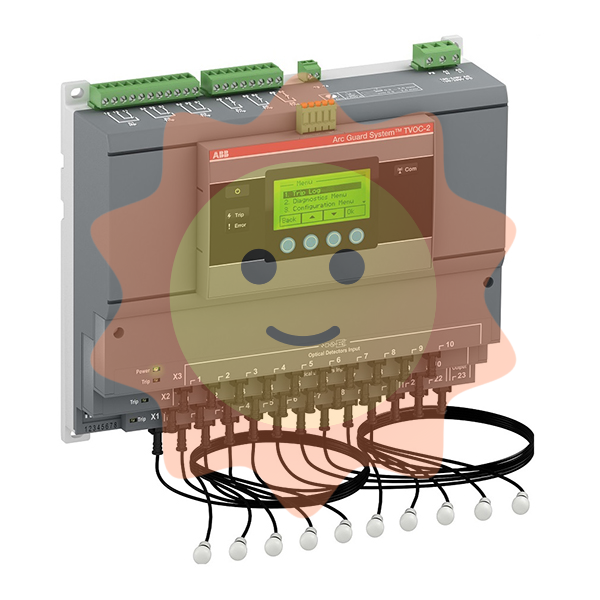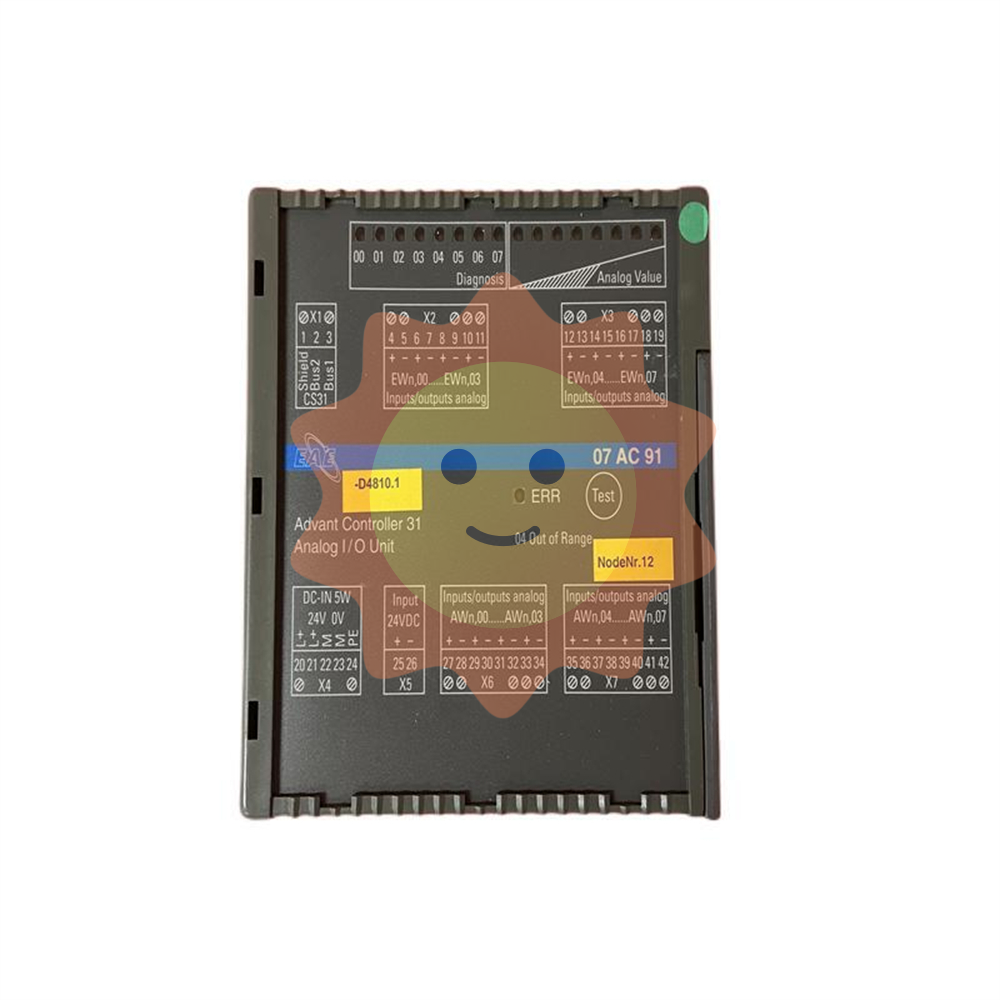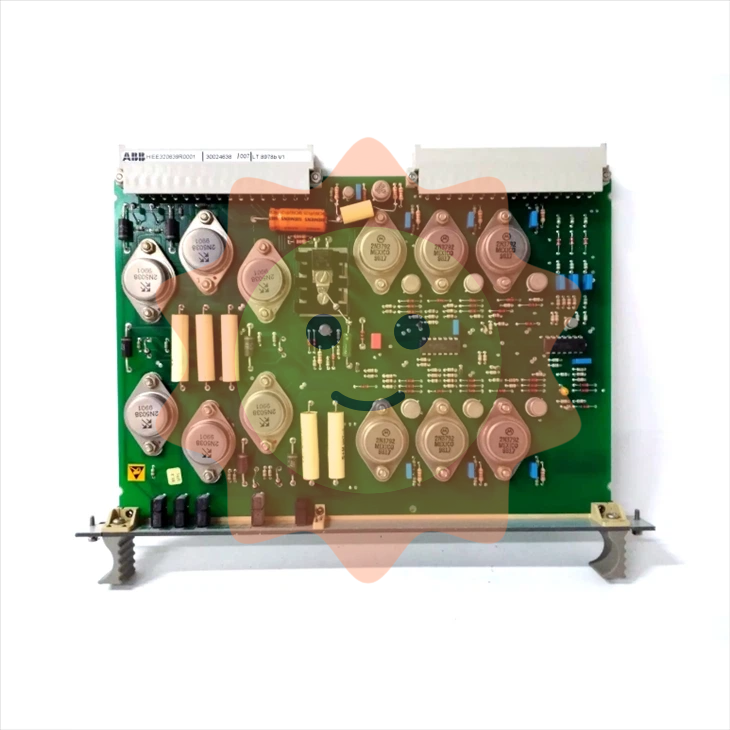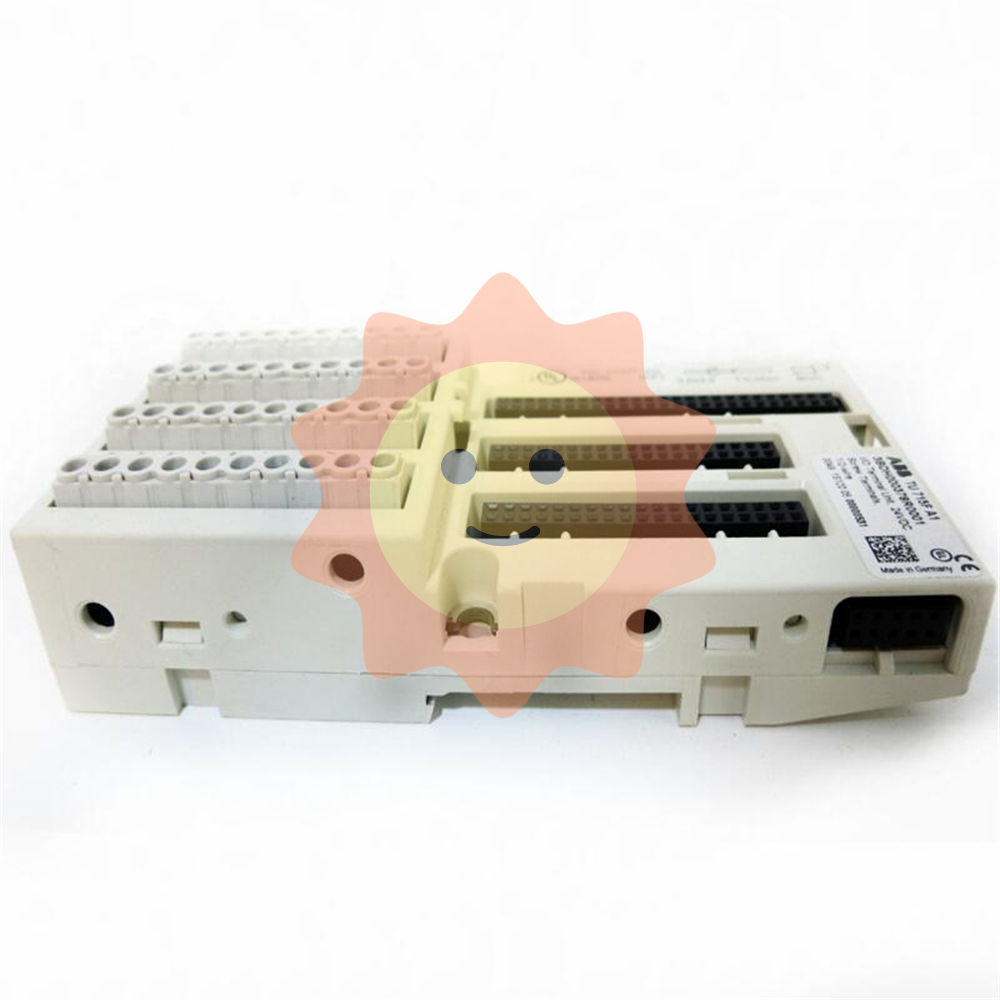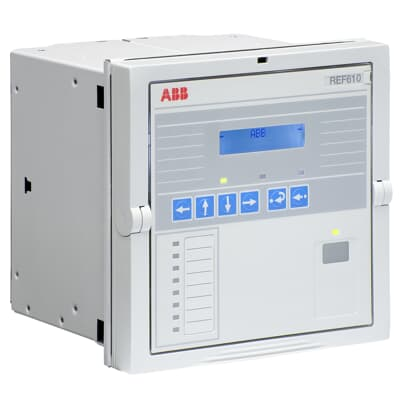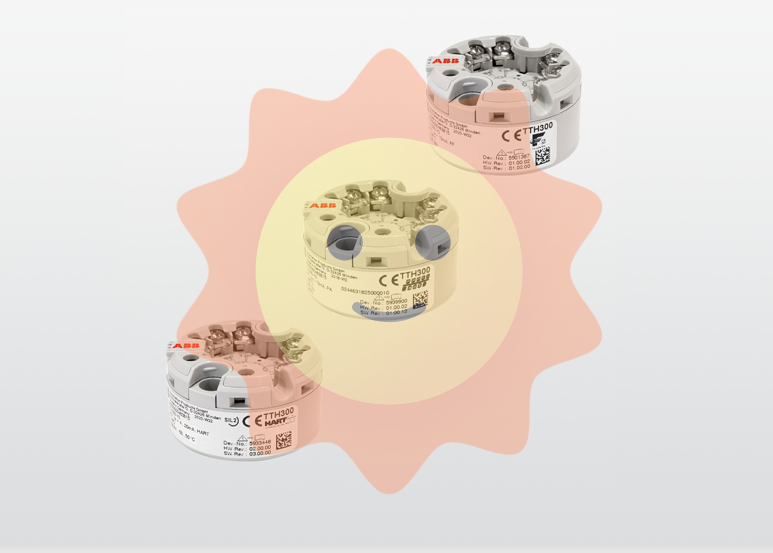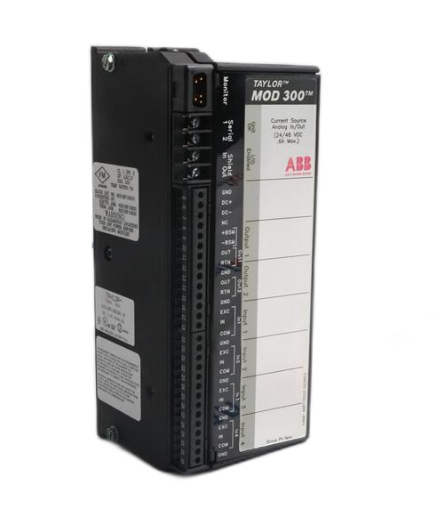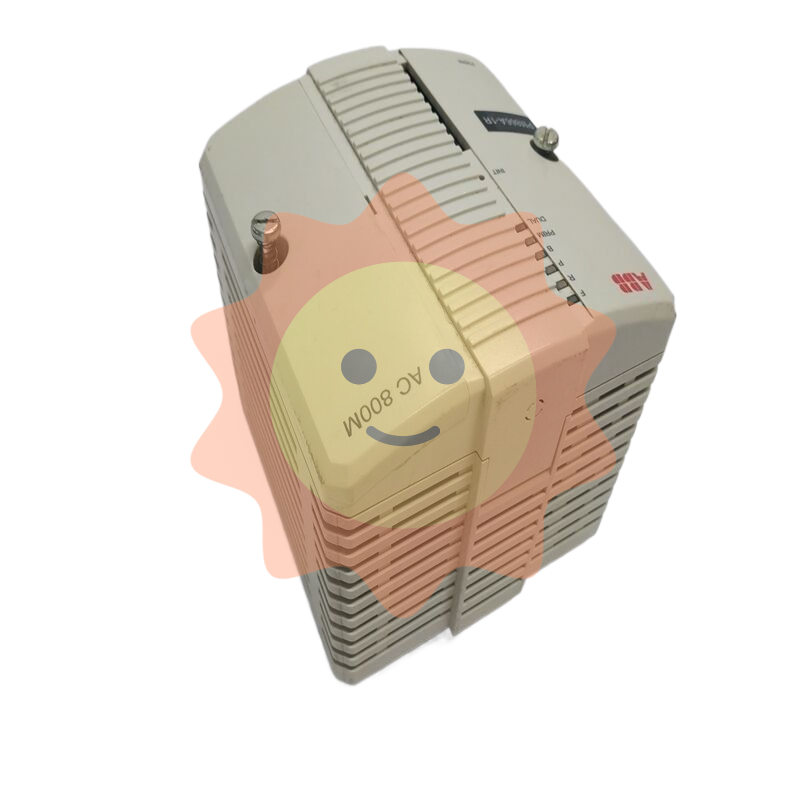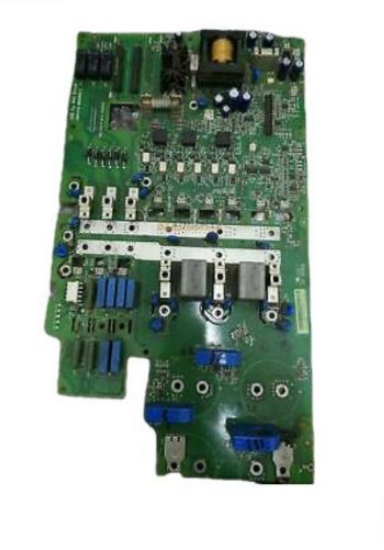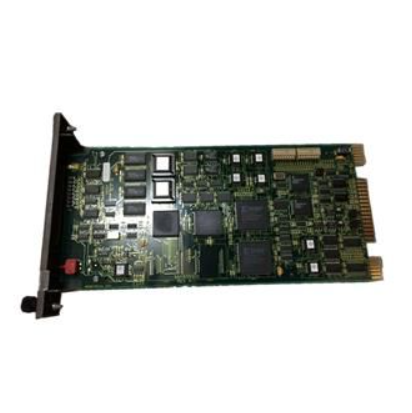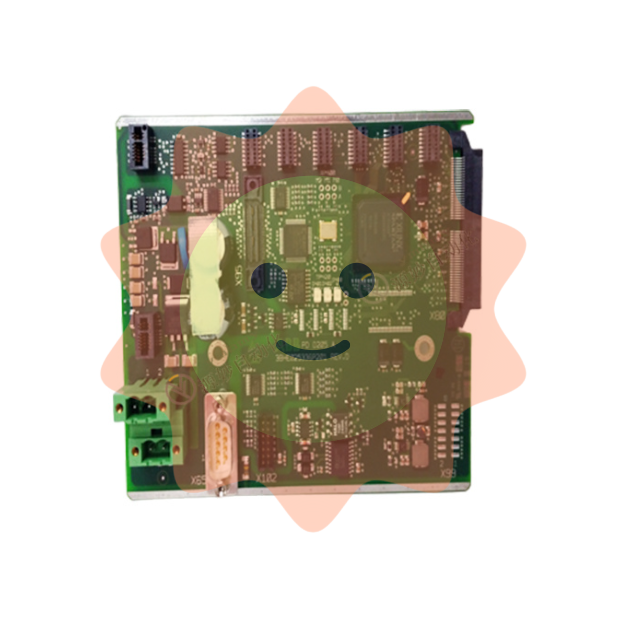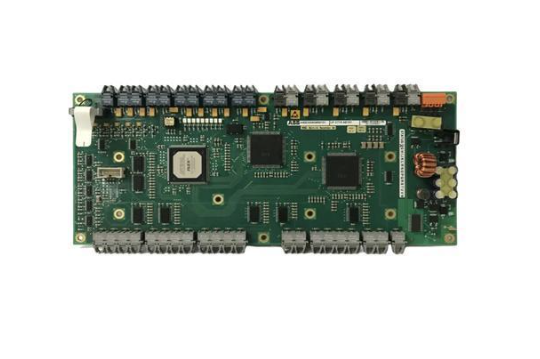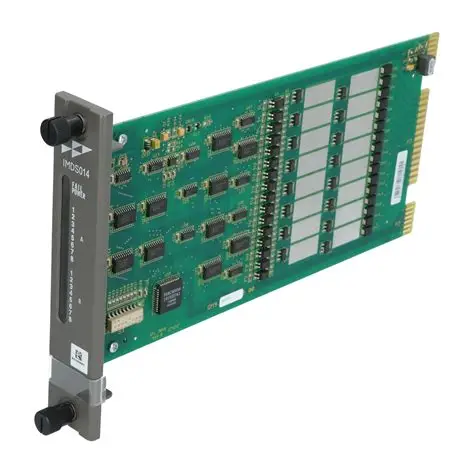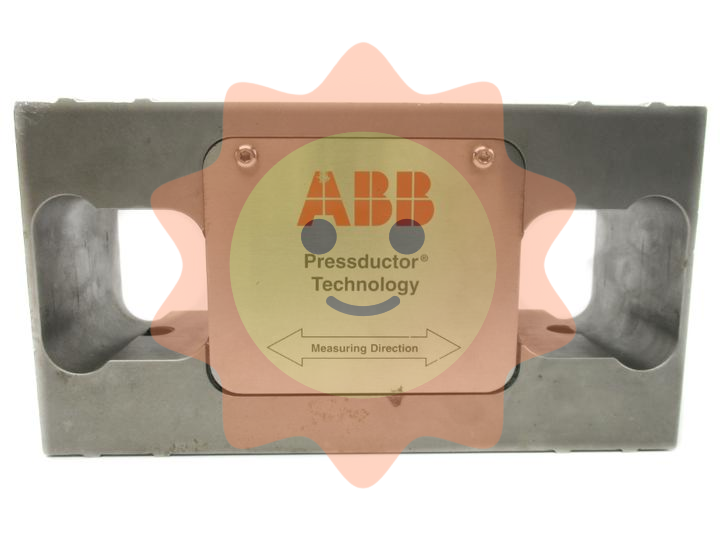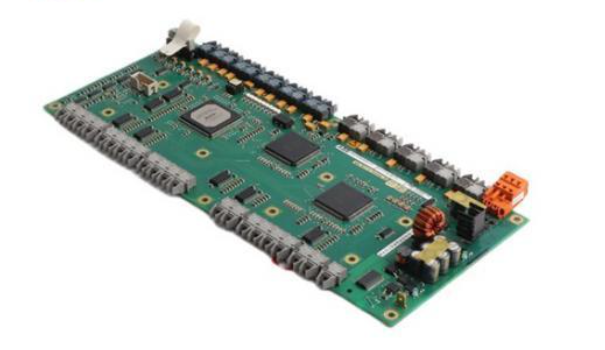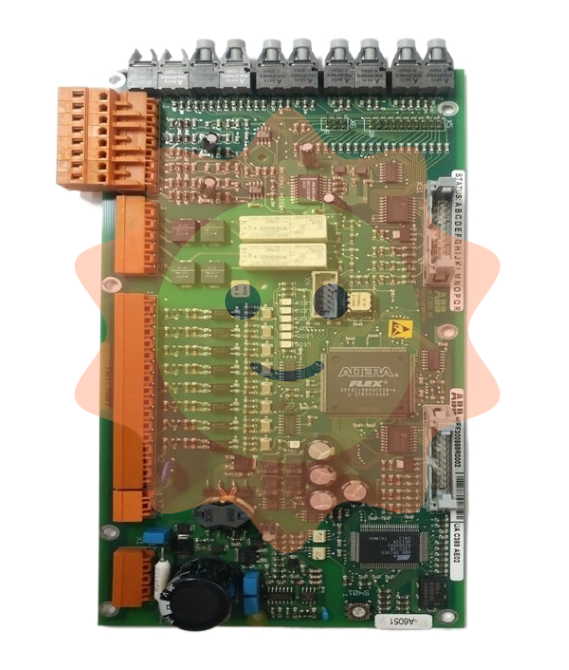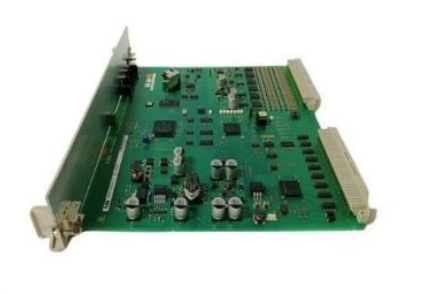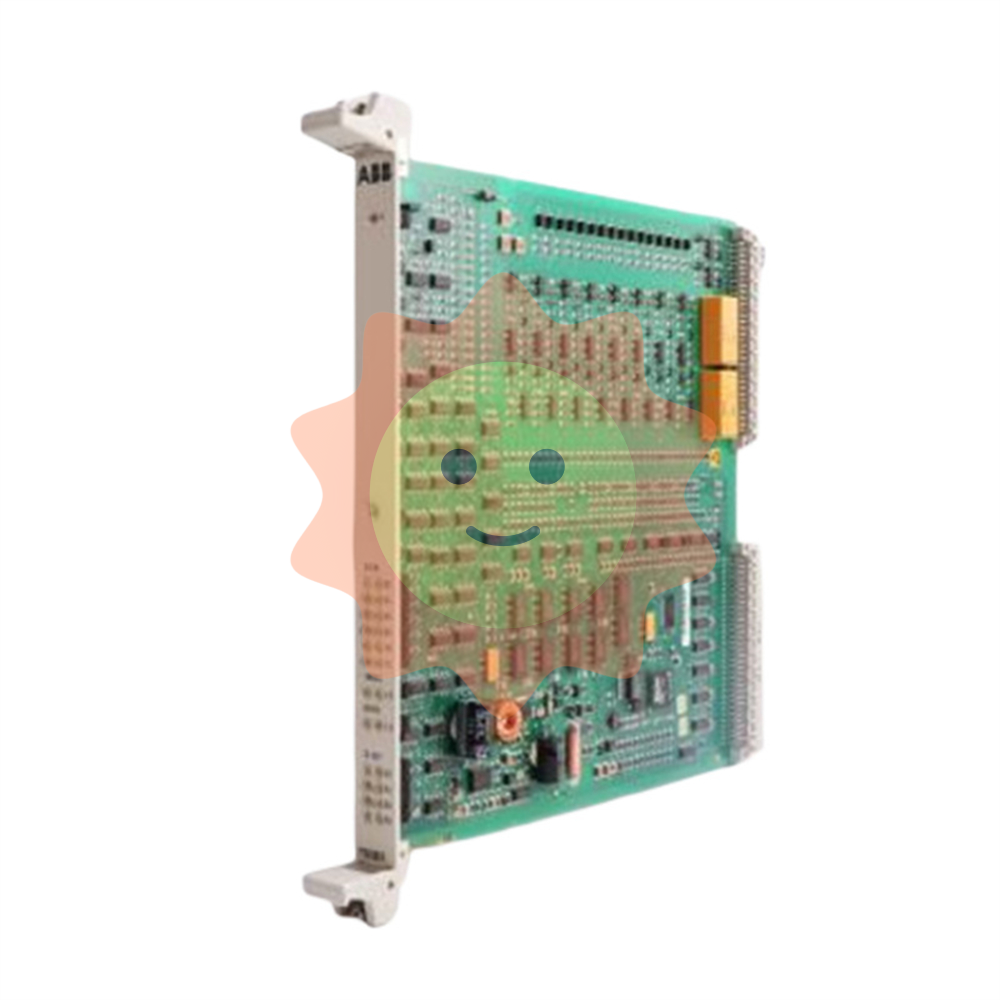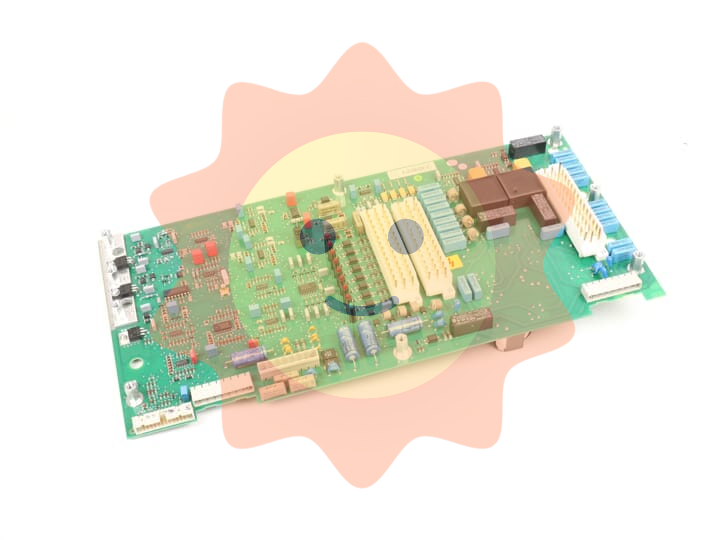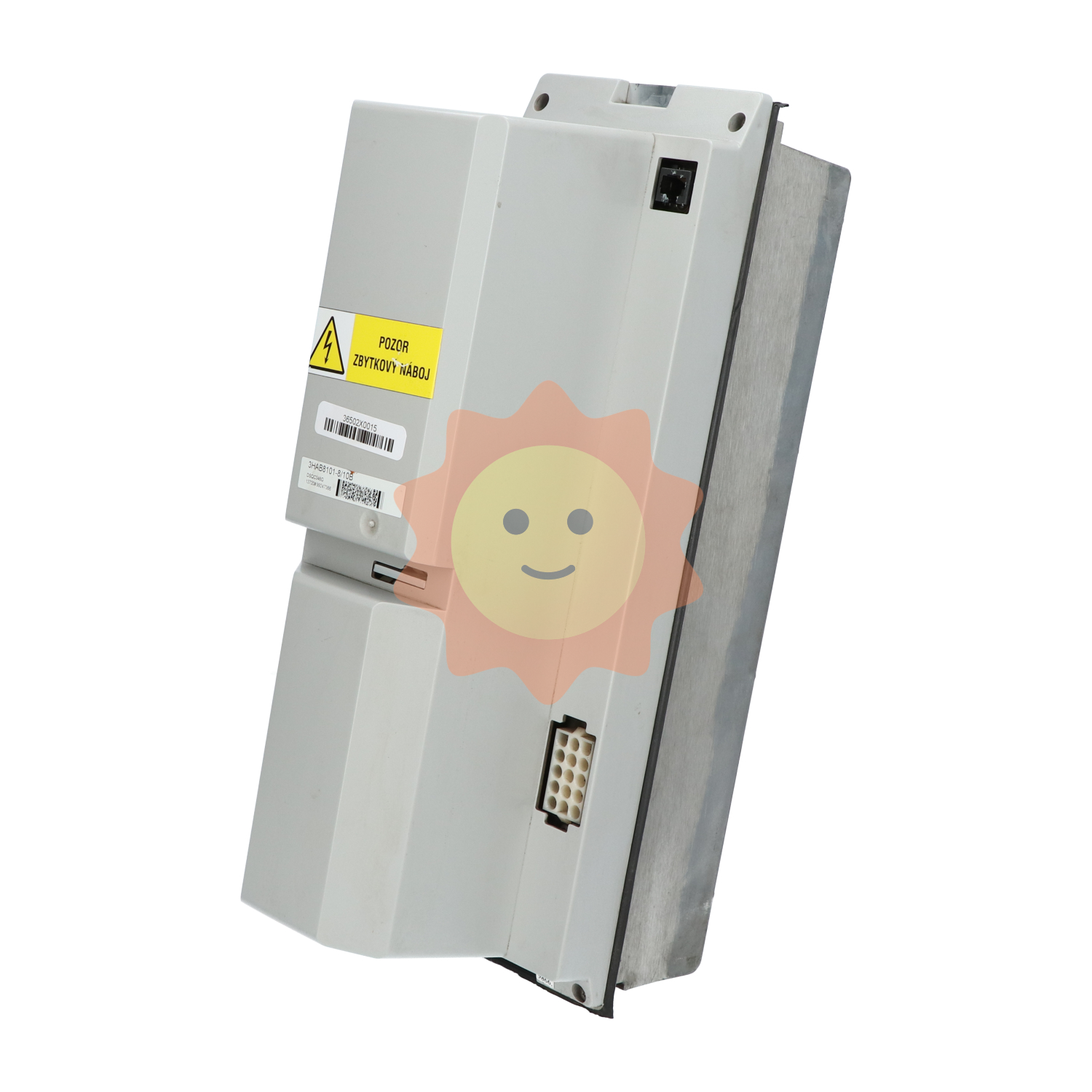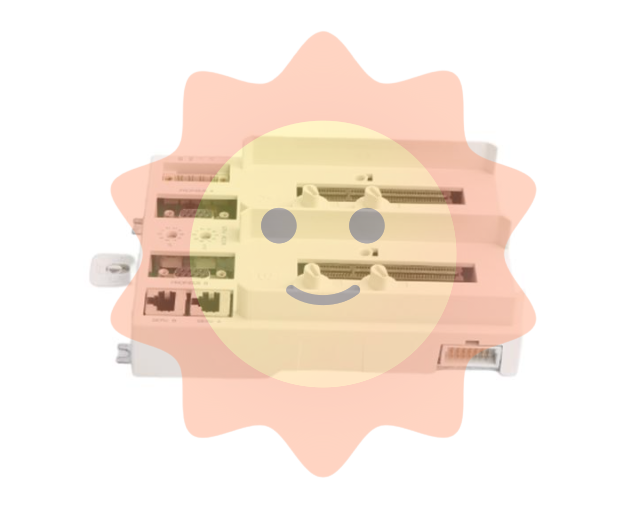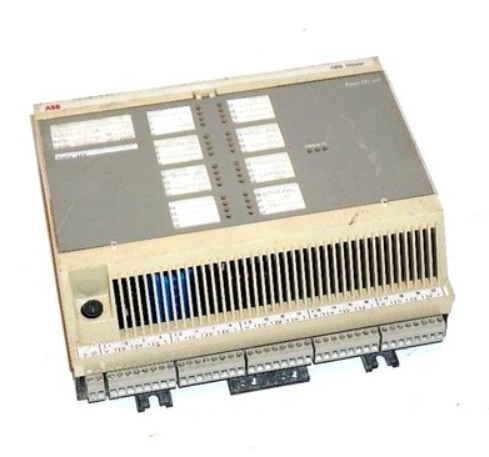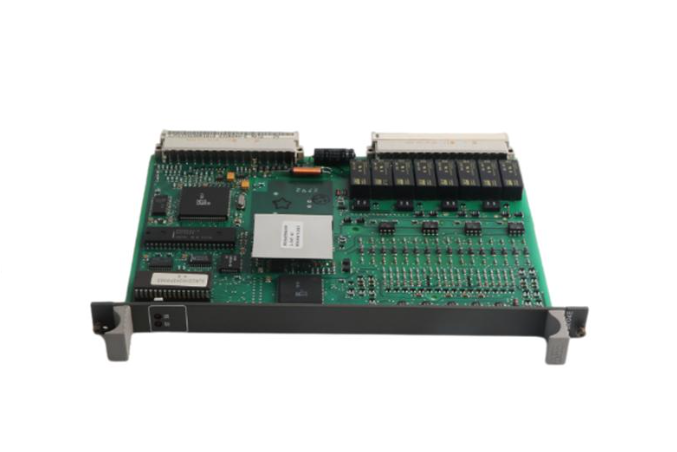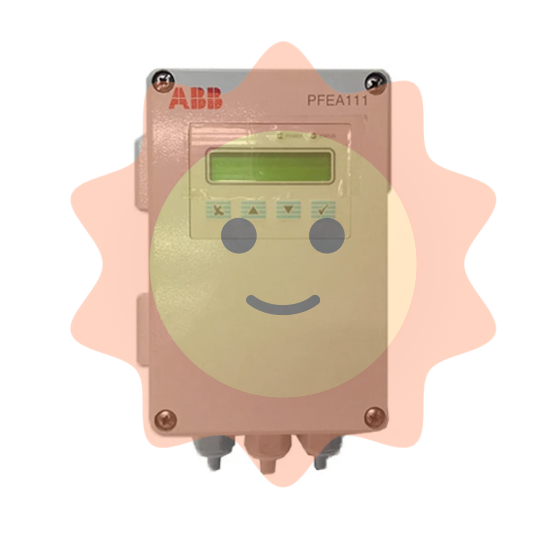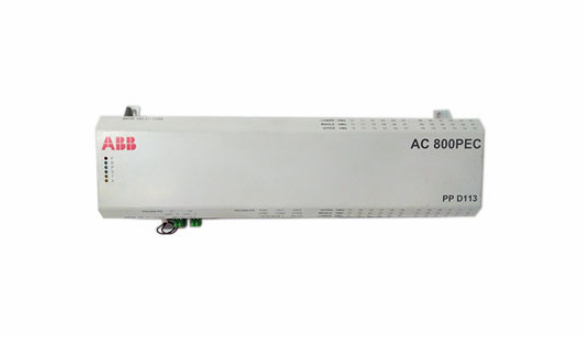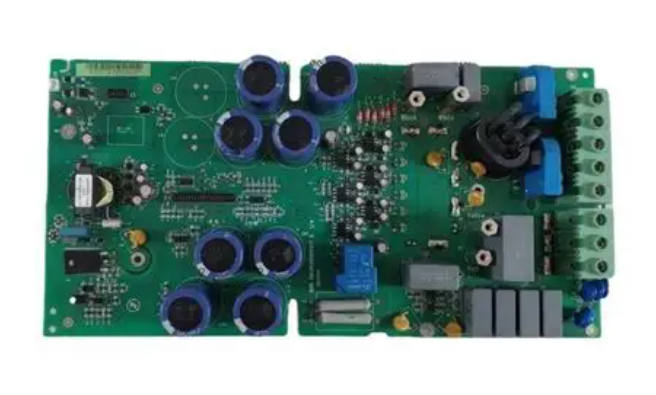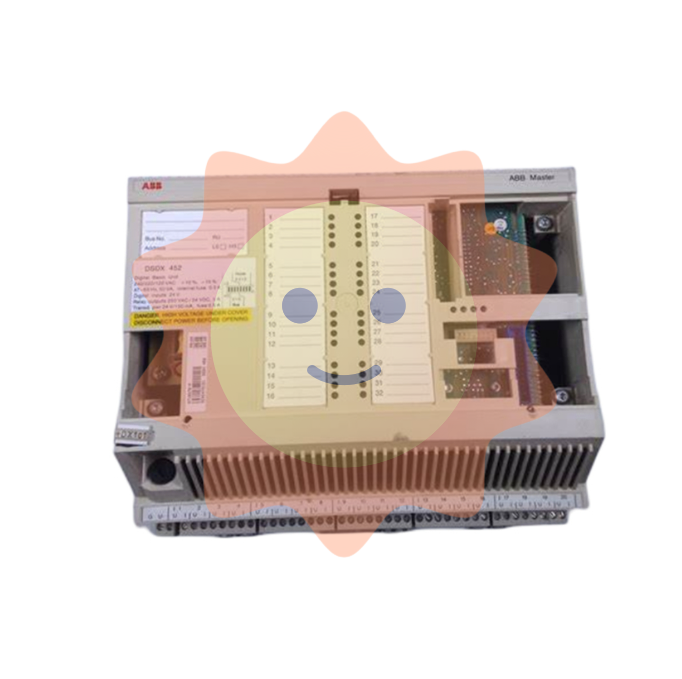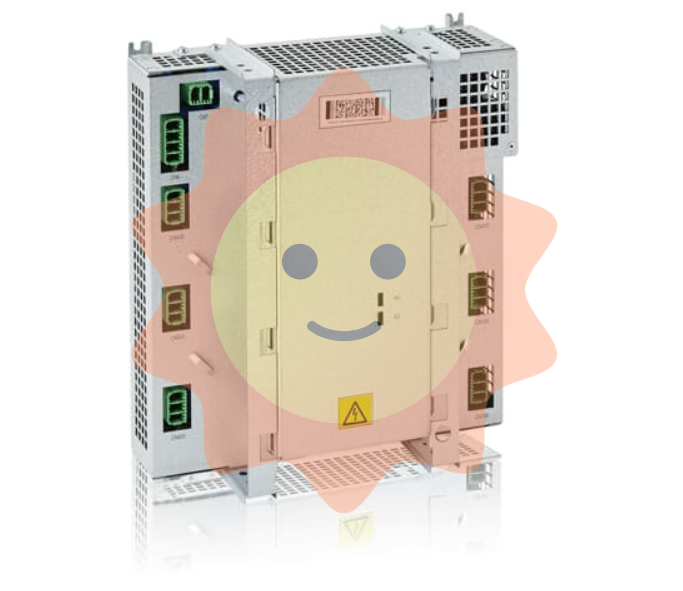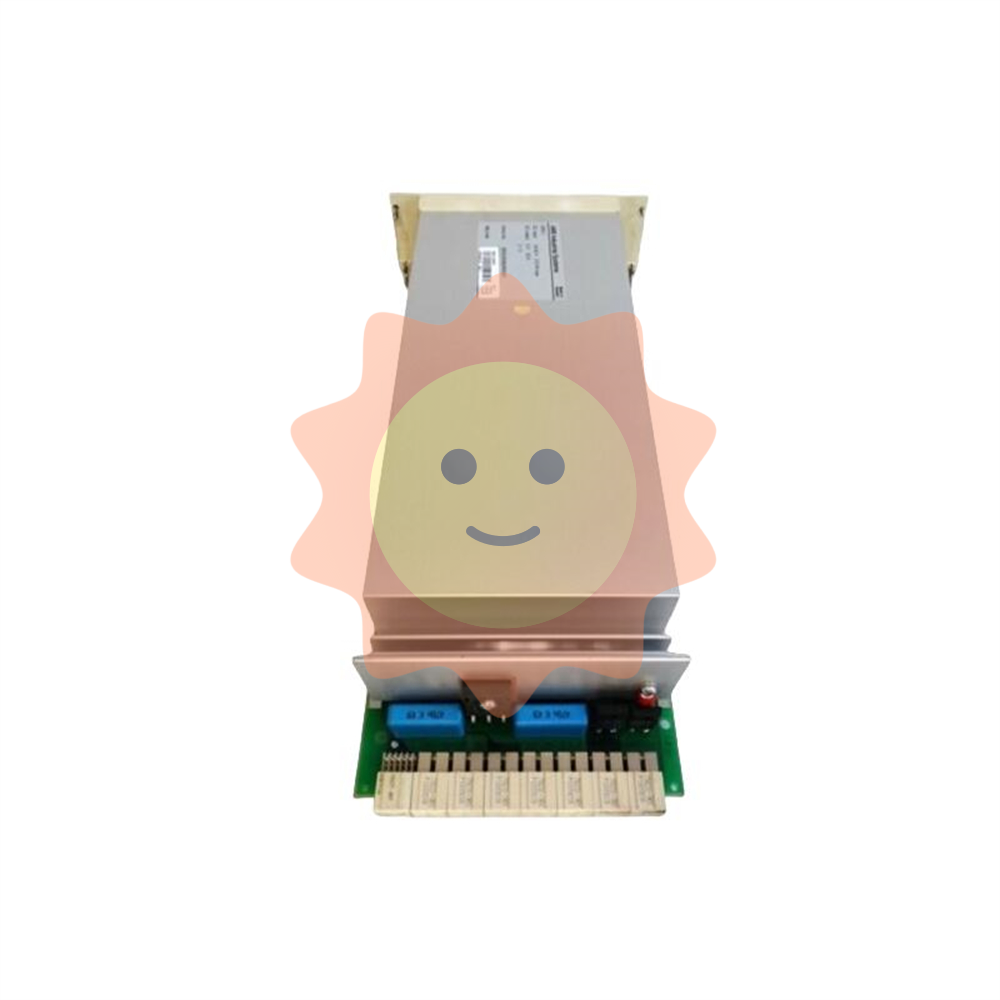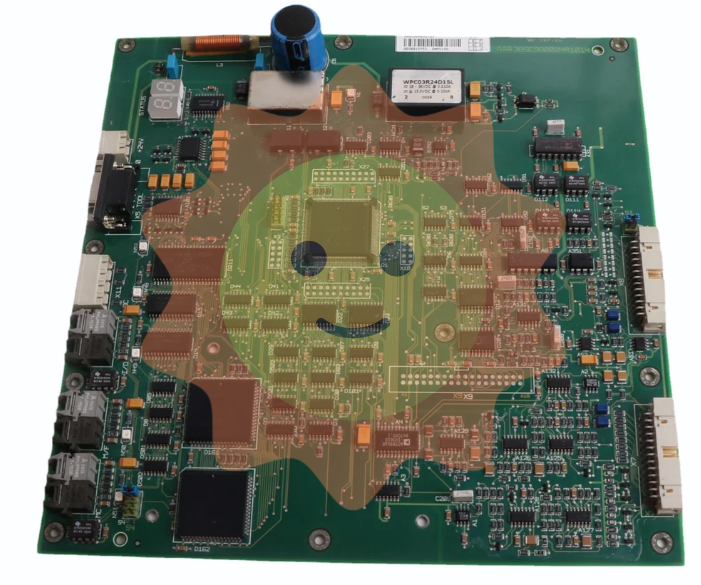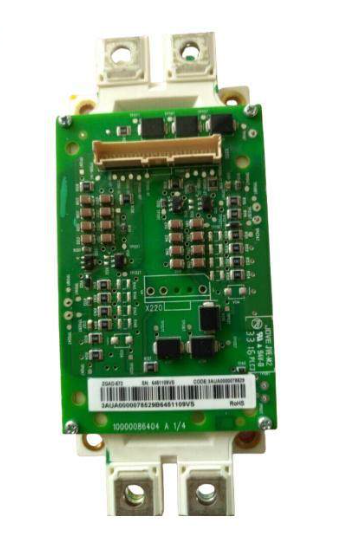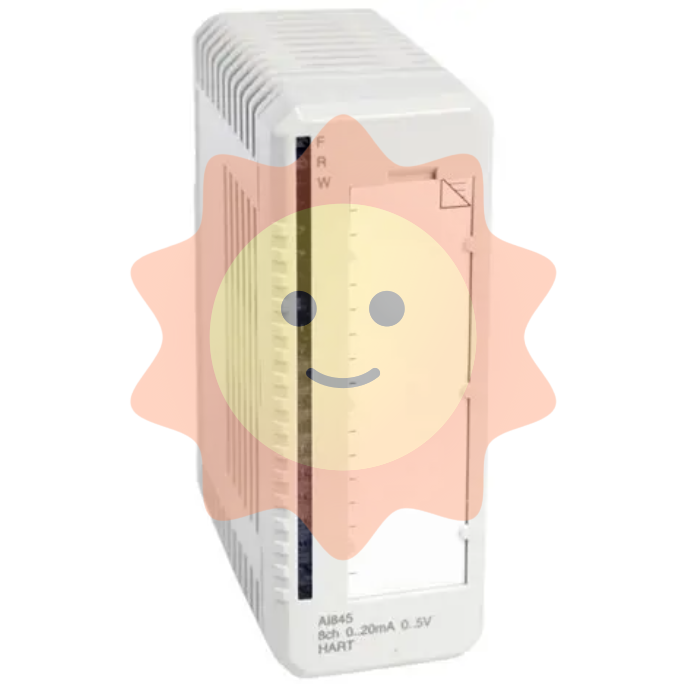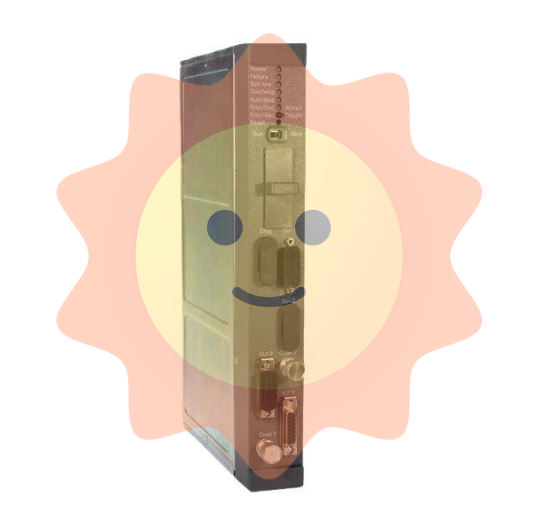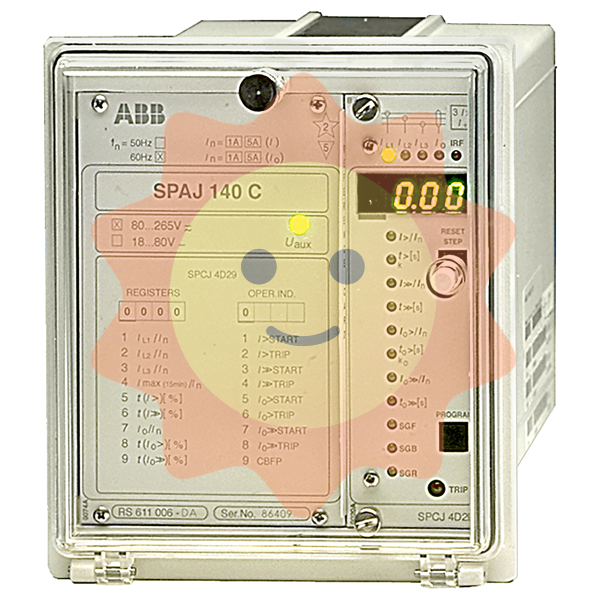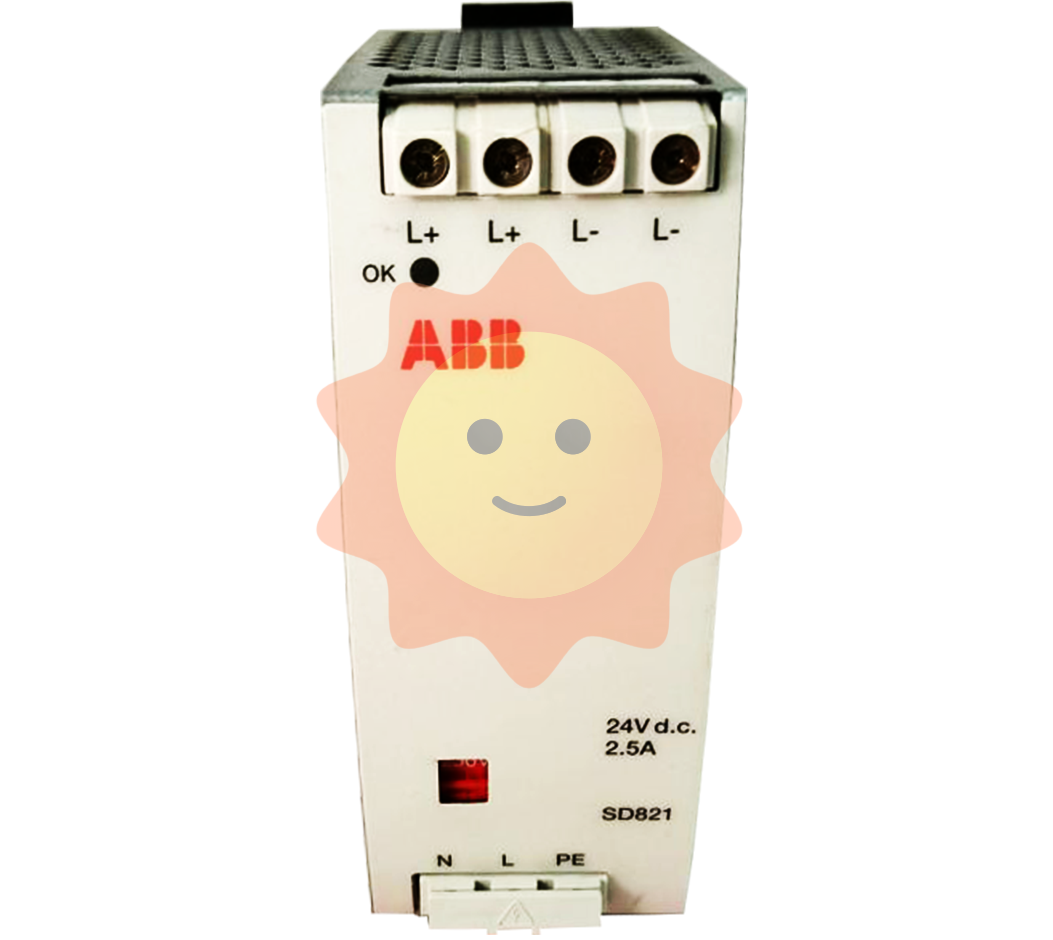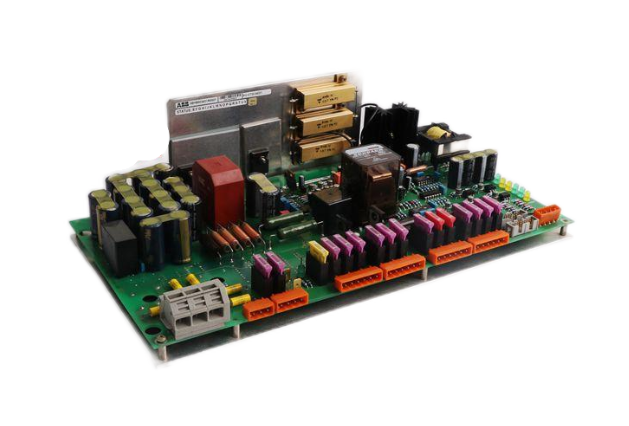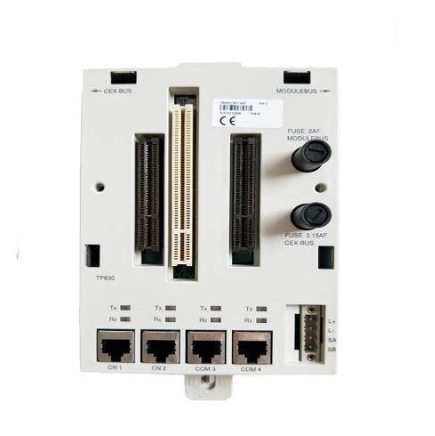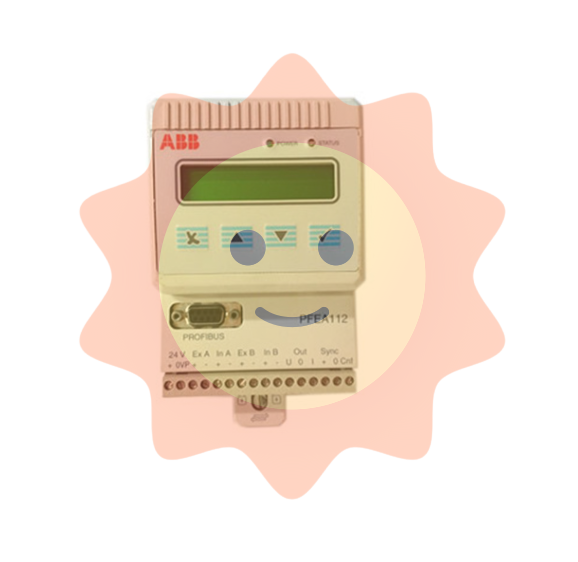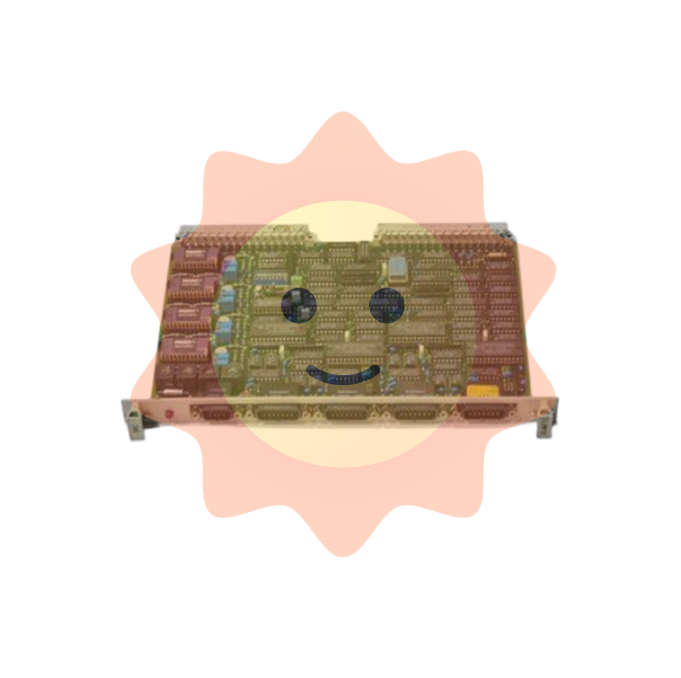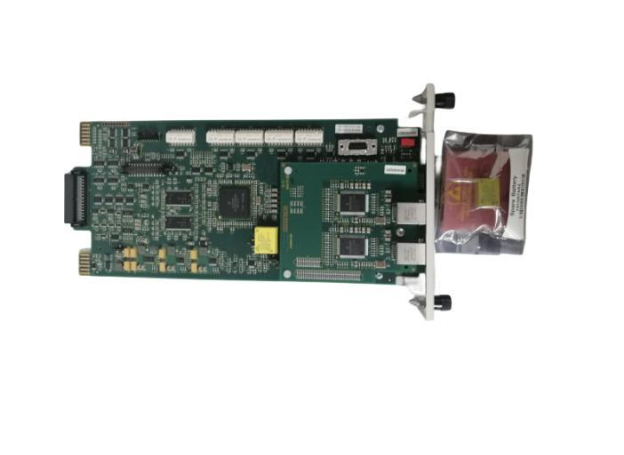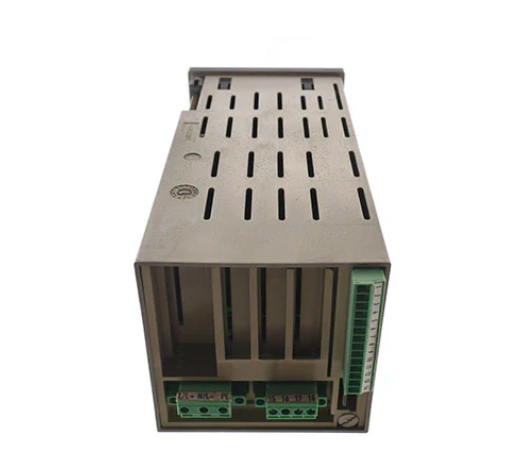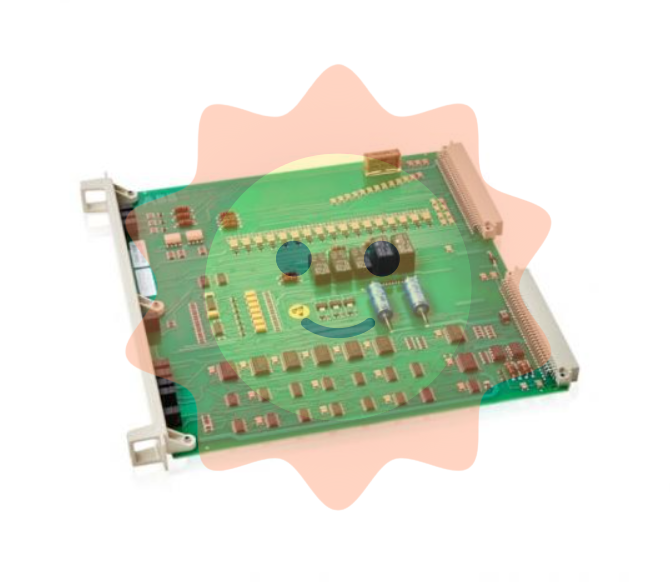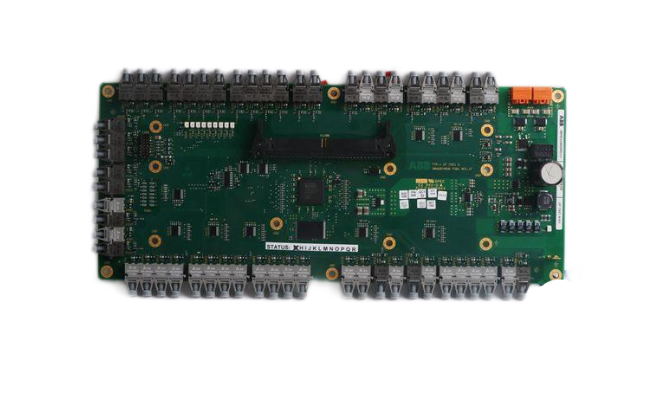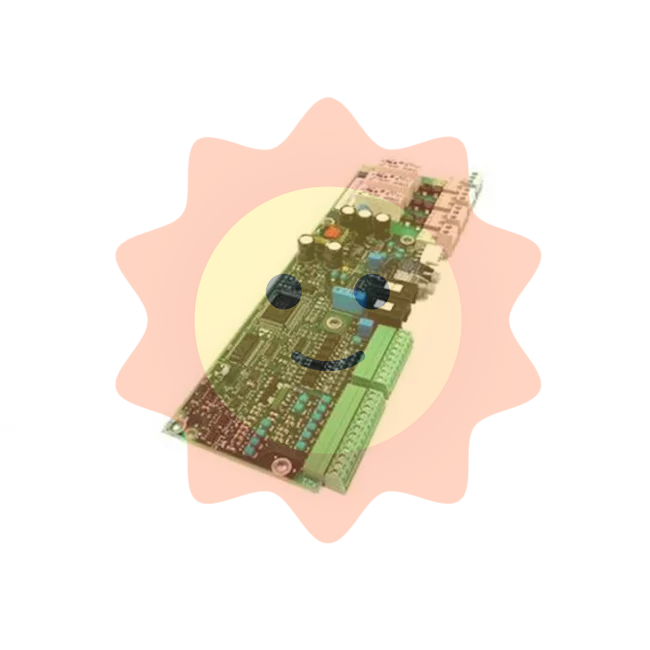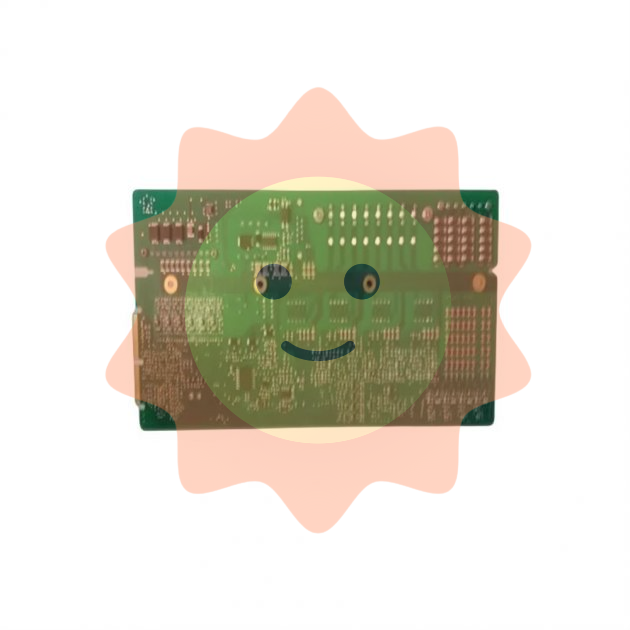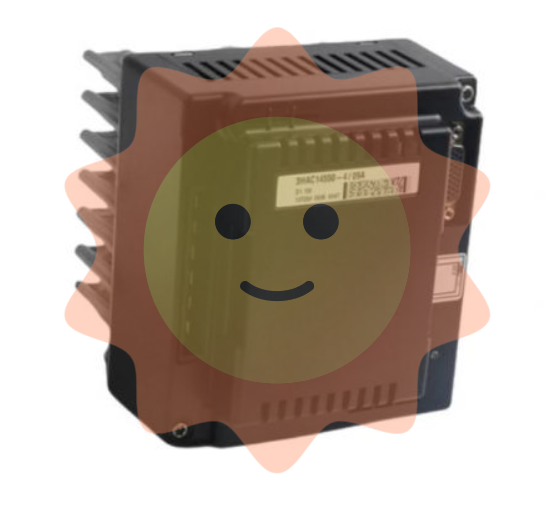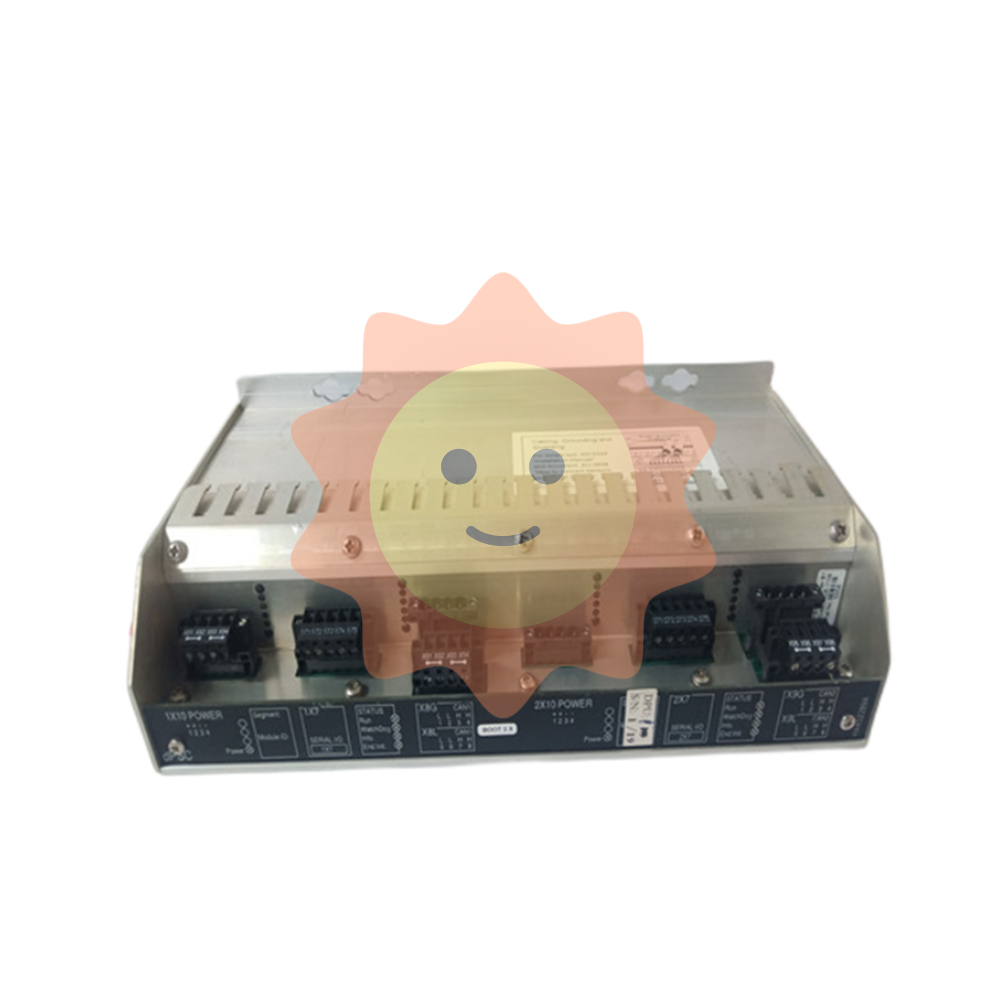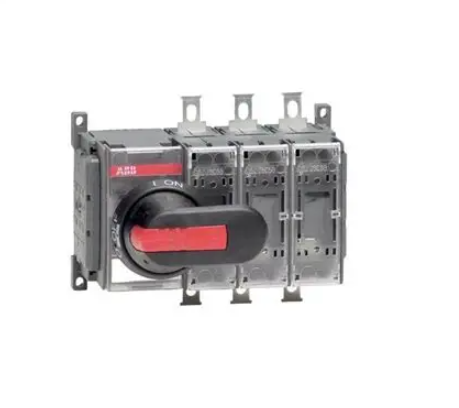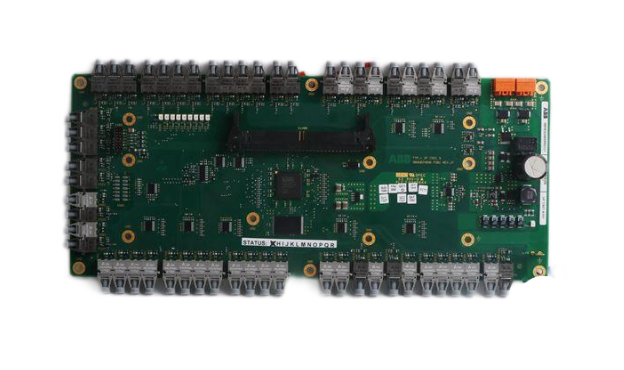Steel industry carbon reduction path
The need for a carbon-neutral transition in China's steel industry
The iron and steel industry is the pillar industry of China's industry, accounting for about 5% of China's GDP. The steel industry involves a wide range of industries, high industrial correlation, and large consumption, and plays an important role in economic construction, social development, and employment stability. China's steel industry is also pivotal in the world, steel production accounts for half of the world's total output. However, at present, China's steel industry is still dominated by long processes with high carbon emission intensity, and crude steel production capacity accounts for about 90%. Under the dual pressure of carbon neutrality commitment and capacity reduction, China's steel industry is facing severe challenges.
At present, China's steel industry accounts for about 15% of China's total carbon emissions, making it the manufacturing industry with the highest carbon emissions. According to McKinsey estimates, if the global average temperature rise by the end of this century does not exceed 1.5 ° C, by 2050, China's steel industry must reduce emissions by nearly 100%, which is a very challenging goal, the need to promote zero-carbon transformation from steel consumption, production, technology, supply and other related fields.
China's steel industry carbon neutral transition path
Taking into account cost, technology maturity and resource availability, we believe that reducing demand, improving energy efficiency, and accelerating technologies such as scrap reuse, carbon capture, utilization and storage (CCUS), and hydrogen direct reduction steelmaking (H2-DRI-EAF) are important drivers for carbon neutrality in China's steel industry. Accordingly, we mapped the emission reduction path of China's steel industry from 2020 to 2030 and 2050 (see Figure 1).

The demand reduction in the conventional scenario (A) is projected to contribute about 35% of CO2 reductions by 2050. The factors that affect the apparent demand for steel come from three aspects: new demand, replacement demand and inventory changes. With urbanization and construction slowing (see Figure 2), new steel demand will be lower than in previous years. In addition, the improvement of material efficiency in the construction industry (such as the use of high-strength steel) and the breakthrough of new alternative materials will further reduce the replacement demand for steel. With the further deepening of domestic supply-side reform and destocking, the reduction of high inventory in steel enterprises will also bring about a decline in apparent demand. Looking to the future, if the steel industry is included in China's carbon price system (including carbon charges, taxes, emissions trading, etc.), it will likely promote further decline in steel demand. At the same time, with the acceleration of the international carbon price system such as the EU Emissions Trading System (EU ETS), China's steel exports will face greater challenges, but it will also bring new market opportunities to "mild steel iron products". Coupled with the healthy development of domestic steel production capacity and vigorously control, China's steel production capacity will maintain the situation of domestic demand and export. It is worth noting
The current path analysis depends heavily on changes in demand, which means that the pace of the carbon-neutral transition will accelerate (or slow) dramatically depending on demand. If companies are pursuing sustainable green growth, they should be best prepared for a carbon-neutral transition.
Energy efficiency improvement (B) is a no-regret move towards technological maturity, with the potential to reduce CO2 emissions by about 180 million tonnes by 2050; It is expected to contribute 15% of the industrywide CO2 reduction by 2050. There are three main drivers of energy efficiency change:
First, capacity upgrading and replacement
We estimate that about 20 million tons of carbon reduction potential by 2030 will come from the natural upgrading of small blast-converter (annual capacity <10 million tons) to large blast-converter (annual capacity >20 million tons), covering a total capacity of about 250 million tons.
The second is operational excellence
Steel companies continue to strive for operational excellence, and the steel industry has achieved a 7.5% improvement in energy efficiency over the past decade by continuously improving standards, raising the level of standardized operations, and breaking down key indicators, linking operational capabilities to performance, and improving operational processes. Benchmarking the best energy efficiency level in the industry, it is expected that the energy efficiency improvement can reach 10%-15% in the next 30 years;
Third, the optimization of raw materials
Due to carbon emission reduction, enterprises give priority to the use of high-quality raw materials in iron ore, coke, flux and other categories, so as to reduce the carbon emission intensity of long-term steel production.

EAF + scrap (C) is the preferred, mature and flexible approach, with 66% of carbon emissions in steel manufacturing coming from the blast furnace ironmaking process in the long process (BF-BOF), while the use of scrap steel can be produced using the electric furnace short process (EAF) with lower carbon emissions, and it is more economical to achieve carbon reduction through green electricity. With the increase of domestic scrap supply, it is expected that the proportion of electric furnace steel in China in the future will increase from about 10% at present to 15% in 2025, and the utilization capacity of long-process scrap may also be further improved. We predict that replacing long-process steelmaking with EAF + scrap could contribute 20% of the cumulative CO2 reduction in the steel industry by 2050. There are three main sources of scrap steel (Figure 3) :
First, domestic recycling: Given the increase in scrap steel, especially from the two major industries of machinery and automotive, it is expected that 80% of the new supply of scrap steel will come from domestic scrap recycling;
The second is to improve recycling efficiency: the government continues to guide the integration of the scrap industry and introduce favorable financial and tax policies, which will encourage steel enterprises to take the initiative to use scrap;
The approval of the national standard for Recycled Steel Raw Materials in December 2020 and the recent liberalization of high-quality scrap imports are expected to increase the overall supply of scrap and reduce scrap costs.
The reduction gap (D) still needs to be filled by more expensive and developing options such as carbon capture, utilization and storage and direct hydrogen reduction for steelmaking. The cost of hydrogen direct reduction steelmaking mainly comes from hydrogen production, the core of which is electricity price. Carbon capture, utilization and storage requires matching geological conditions, such as proximity to declining oil fields, salt water formations, etc. Therefore, we believe that specific technology deployment should be based on regional assessment and local conditions.
We suggest that Chinese steel companies consider the following four ways to make up for the reduction gap:
First, the scale of carbon capture, utilization and storage
The representative region is the Bohai Rim region (Northeast, Tianjin-Hebei, Shandong). It has centralized steel mills, which supply more than 40% of the country's steel production, as well as other high-carbon-intensity industries such as thermal power, oil and gas, and cement, which are expected to achieve large-scale infrastructure construction of carbon capture, utilization and storage, and diluted capital expenditure costs (such as pipelines). Moreover, it is close to the oil field in the decline period, and the transportation efficiency is high, and additional income can be achieved through oil.
The second is the pilot of direct reduction of hydrogen in steelmaking
The representative region is the southwest region (Sichuan, Yunnan, Chongqing, Guizhou). It has abundant green electricity and water resources, and it is possible to achieve low-cost green hydrogen production and high economy. Sweden, Germany, Austria and other countries have hydrogen steelmaking projects put into operation, and domestic steel enterprises such as Baowu, He Steel and Jiusteel have also begun to explore pilot hydrogen steelmaking.
Third, the circular economy of electric furnace + scrap steel
The representative areas are coastal areas (Zhejiang, Fujian, Guangdong). It is characterized by high demand for steel and sufficient supply of scrap steel, but the regional long process steel production capacity is low, and the current supply is mainly imported from outside the region. In the future, the scrap - electric furnace circular economy model may become the main mode of regional steel supply. On this basis, as long as the low-carbon supply of electricity is realized, carbon neutral transition can be well realized.
Fourth, focus on transitional technologies
New technologies that can not achieve carbon neutrality of steel but can significantly reduce carbon emission intensity, such as furnace top gas cycle, blast furnace hydrogen injection, direct melting reduction, etc. It will take another 30 years for the steel industry to achieve carbon neutrality, and transitional technologies can fill a part of the reduction gap and create space for the development of zero-carbon steel technology.

In addition, the steel industry continues to promote the development of ultra-low CO2 emission steelmaking process (ULCOS) technology, including biomass steelmaking, new direct reduction process (ULCORED), new melt reduction process (HISarna) and electrolytic iron ore process (ULCOWIN/ULCOLYSIS). These explorations are still some way from industrialization, but as the technology continues to develop and mature, it is possible to better support the carbon neutral transformation of the steel industry in the future.
Implications for steel enterprises
First, make bold moves to establish the carbon emission baseline of the process and look for carbon reduction opportunities
In-depth understanding of the impact of the national carbon neutrality target on the steel industry chain during the "14th Five-Year Plan" period, formulate emission reduction targets according to the current carbon emission situation of enterprises, and formulate specific emission reduction measures at the asset level, calculate their emission reduction potential and investment return, namely economic benefits, investment costs, operating costs and risk estimates, and find the most feasible and economical carbon emission reduction path.
Second, in time to analyze the impact of carbon neutral transition on demand, to capture the growth of customer groups
Assess the demand changes of major downstream customers in a low-carbon environment and find low-carbon growth points. For new growth opportunities, analyze the potential revenue to identify key development directions and develop entry plans. For example, the advance layout of scrap recycling enterprises to ensure scrap supply, the scientific evaluation of the selection of long and short processes in the process of capacity upgrading and replacement, special steel enterprises can explore new export opportunities brought by "zero-carbon steel products", and so on.
Third, plan ahead, predict the impact of carbon neutral transformation on the steel industry chain, and lay out potential opportunities in advance
For steel enterprises, in the medium and long term, it is necessary to evaluate the industrial layout of carbon capture or hydrogen steelmaking technology in the future according to local conditions. Leading companies in the steel industry can also consider entering emerging areas such as new energy, electric vehicles, hydrogen energy, biomass energy and carbon capture, and take the lead in investing in the new wave of low-carbon technologies in the next decade.
- EMERSON
- Honeywell
- CTI
- Rolls-Royce
- General Electric
- Woodward
- Yaskawa
- xYCOM
- Motorola
- Siemens
- Rockwell
- ABB
- B&R
- HIMA
- Construction site
- electricity
- Automobile market
- PLC
- DCS
- Motor drivers
- VSD
- Implications
- cement
- CO2
- CEM
- methane
- Artificial intelligence
- Titanic
- Solar energy
- Hydrogen fuel cell
- Hydrogen and fuel cells
- Hydrogen and oxygen fuel cells
- tyre
- Chemical fiber
- dynamo
- corpuscle
- Pulp and paper
- printing
- fossil
- FANUC
- Food and beverage
- Life science
- Sewage treatment
- Personal care
- electricity
- boats
- infrastructure
- Automobile industry
- metallurgy
- Nuclear power generation
- Geothermal power generation
- Water and wastewater
- Infrastructure construction
- Mine hazard
- steel
- papermaking
- Natural gas industry
- Infrastructure construction
- Power and energy
- Rubber and plastic
- Renewable energy
- pharmacy
- mining
- Plastic industry
- Schneider
- Kongsberg
- NI
- Wind energy
- International petroleum
- International new energy network
- gas
- WATLOW
- ProSoft
- SEW
- wind
- ADVANCED
- Reliance
- YOKOGAWA
- TRICONEX
- FOXBORO
- METSO
- MAN
- Advantest
- ADVANCED
- ALSTOM
- Control Wave
- AB
- AMAT
- STUDER
- KONGSBERG
- MOTOROLA
- DANAHER MOTION
- Bently
- Galil
- EATON
- MOLEX
- Triconex
- DEIF
- B&W
- ZYGO
- Aerotech
- DANFOSS
- KOLLMORGEN
- Beijer
- Endress+Hauser
- MOOG
- KB
- Moxa
- Rexroth


Email:wang@kongjiangauto.com


